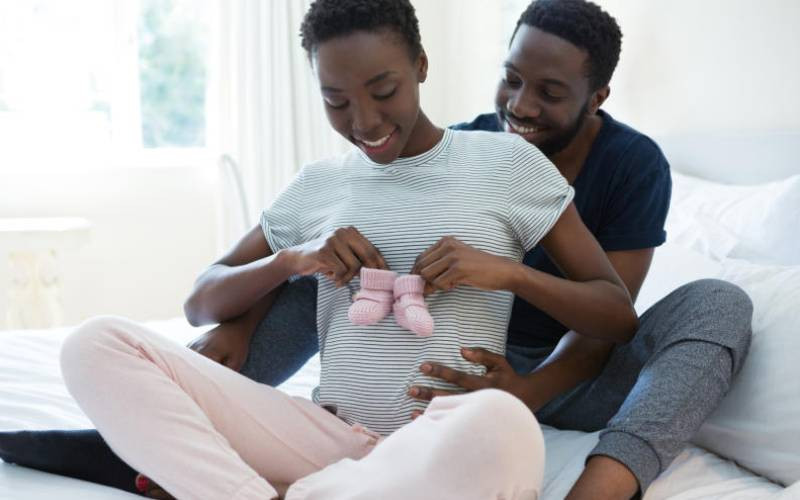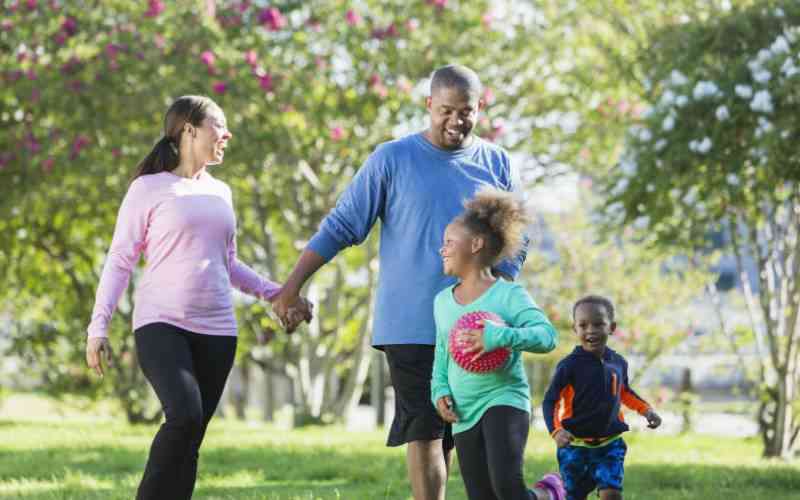
Couples should plan pregnancies when chances of conception are highest, they are in good health and are more likely to deliver a healthy baby. The optimal biological decade for conception is debatably between 25 and 35 years.
This optimal time of conception is dictated by the fact that women are born with a finite, genetically determined number of eggs in their ovaries. The pool of eggs is highest at birth amounting to about 2 million.
However most of these eggs are destined to die, and by puberty, there are only about 500,000 left. The majority of these remaining eggs are also lost with every menstrual period, and only about 400 to 500 are potentially available for conception between puberty and menopause.
In teenage and adolescents, there is physiological immaturity of the reproductive system, hence this is not the optimal period for childbearing. There are more pregnancy-associated complications in this age group. Additionally, most women are unlikely to have adequate resources to care for a family.
Age 25 to 35 is optimal in several respects. There are more eggs available and of good quality, translating into less risk of miscarriage and birth defects. The chances of conception are higher and remain more or less constant. This is a period of general good health; with less risk of chronic diseases. Once pregnancy occurs, it is more likely to be uncomplicated.
After the age of 35, chances of conception start to decline steeply. The body is unable to replenish the declining pool of eggs. Hence the number of potentially available eggs is much lower, and this is compounded by a decline in the quality of the eggs. Ovulation also becomes irregular. All these factors reduce the chances of conception. By the age of 40, the chances of conception and live birth have declined by about 50 per cent. If conception does occur, there is a higher risk of miscarriage, birth defects and pregnancy-related complications.
Careers and other priorities do not always conform to biological clocks. So what should couples do if they are not ready for a family when it's biologically optimal? Fertility preservation options are available but at great medical intervention and expense. Eggs can be removed from the ovaries and frozen for future use. Better still, such eggs can be fertilized with sperm and then frozen as embryos, which have better survival. These can then be used in the future.
Male fertility mirrors the same decline as in women. Sperm numbers may remain relatively good, but the quality declines with age. Hence the same advice applies.
 The Standard Group Plc is a multi-media organization with investments in media platforms spanning newspaper print
operations, television, radio broadcasting, digital and online services. The Standard Group is recognized as a
leading multi-media house in Kenya with a key influence in matters of national and international interest.
The Standard Group Plc is a multi-media organization with investments in media platforms spanning newspaper print
operations, television, radio broadcasting, digital and online services. The Standard Group is recognized as a
leading multi-media house in Kenya with a key influence in matters of national and international interest.

